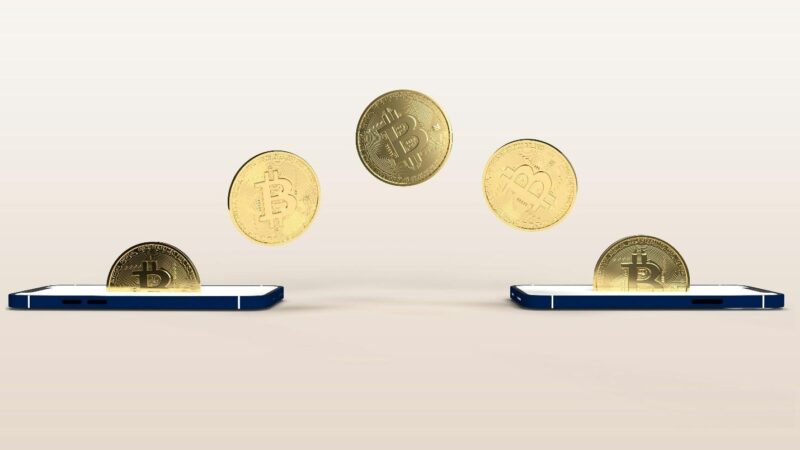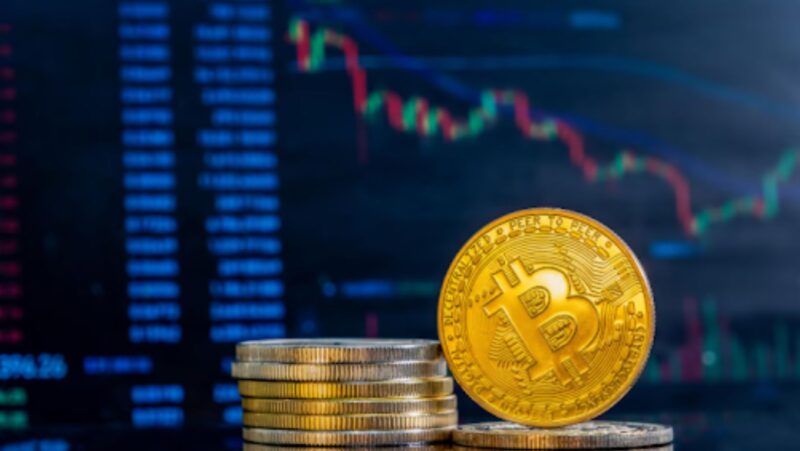
Is Bitcoin mining still profitable, or has it become too expensive and competitive? Some say it’s a lost cause. Others claim it’s still a goldmine. The truth lies somewhere in between, and it’s not as straightforward as it used to be. If you’re unsure where you stand, these Bitcoin mining questions might help you clear up any doubts and understand what it really takes to succeed.
Bitcoin mining is changing. What worked a few years ago might not work today. But for those who stay informed and adapt, there are still opportunities to make it work. The key is understanding the shifting landscape and making the right choices.
How Bitcoin Mining Has Evolved
he early days, anyone with a computer could mine Bitcoin from their bedroom. Today, similar opportunities are accessible through specialized platforms like https://www.cuverse.com/. It was simple, and the rewards were huge. Now, things are different. Specialized hardware, rising energy costs, and greater competition have transformed mining into a more complex endeavor.
Big players have entered the market, building massive mining farms in regions with cheap electricity. But that doesn’t mean individuals are out of the game. Innovations in Mining-as-a-service solutions, energy efficiency, and decentralized pools are giving smaller miners a fighting chance.
Technology is advancing rapidly. New mining rigs are faster and more energy-efficient. Renewable energy sources are helping miners cut costs and stay competitive. The landscape may have shifted, but opportunities still exist for those willing to put in the effort.
Is It Too Late to Start Mining Bitcoin?
Many people question whether they’ve already missed their chance to profit from Bitcoin mining. The rising volatility of Bitcoin’s price and the growing complexity of mining can make it seem daunting to get started. However, mining plays an important role beyond generating Bitcoin in maintaining and securing the decentralized cryptocurrency network.
Achieving success in mining requires careful consideration of factors such as energy expenses, hardware investments, and strategic planning for the future. Despite the increasing competition, those who take a calculated approach can still find valuable opportunities. Many miners continue to achieve solid returns by staying informed and adapting to industry changes.
The Real Cost of Bitcoin Mining
Mining isn’t just about plugging in a machine and watching Bitcoin roll in. There are real costs involved. Electricity is the biggest expense, often making or breaking profitability. Regions with low energy prices have a clear advantage, while those with high costs struggle to compete.

Smart miners carefully analyze all costs before diving in. They look for energy-efficient solutions, compare hardware performance, and plan for the long haul. It’s about building a sustainable mining operation that stands the test of time.
The Sustainability Factor in Mining
Bitcoin mining has faced heavy criticism for its environmental impact. Critics argue that it consumes too much power, adding to global carbon emissions. But the industry is fighting back with sustainable solutions.
More miners are turning to renewable energy sources like hydroelectricity, solar, and wind power. Some mining operations even use waste energy from industrial processes, turning what was once wasted into profitable mining power.
Sustainability is good for business. Energy-efficient mining is more profitable, helping miners lower costs while reducing their carbon footprint. The shift to green mining is accelerating, and those who embrace it are gaining a competitive edge.
Regulatory Uncertainty and Its Impact on Mining
Some countries welcome Bitcoin mining with open arms, offering incentives and tax breaks. Others impose strict rules, making it difficult for miners to operate legally.
China’s crackdown on mining in 2021 forced many operations to relocate, shaking up the entire industry. Meanwhile, countries like the United States and Canada have become hotspots for mining thanks to stable policies and cheap energy options.
Regulatory changes can happen fast, and miners must stay on top. The key is to operate in regions with favorable conditions and to remain flexible in case the rules change.
How Technology Is Shaping the Future of Mining
Bitcoin mining is becoming more advanced. Artificial intelligence and machine learning are now helping miners optimize performance, reduce downtime, and increase efficiency. Smart monitoring systems track everything from power usage to hardware temperature, allowing miners to make better decisions.
The rise of decentralized mining is also changing the game. Instead of relying on massive mining farms, smaller miners are joining forces in decentralized pools. This approach spreads mining power across the globe, reducing centralization and increasing network security.
Managed Bitcoin mining is becoming a popular option. Instead of dealing with the complexities of setting up and maintaining hardware, individuals can access professionally managed mining operations that optimize efficiency and profitability. This hassle-free approach makes it easier to get started without needing deep technical expertise.
The Profitability Equation: What to Expect in 2025
Profitability isn’t guaranteed. It depends on Bitcoin’s market price, mining difficulty, and operational costs. Some miners operate at a loss during market downturns, hoping for future gains. Others take a more cautious approach, ensuring they stay profitable even in bearish conditions.

The most successful miners are those who think long-term. They diversify their income streams, reinvest profits into better equipment, and stay informed about industry trends. Mining rewards fluctuate, but those who stay resilient often see rewards over time.
Mining in Different Parts of the World
Where you mine matters; some regions offer cheap energy, favorable regulations, and a supportive community. Others present high costs and legal challenges that make mining nearly impossible.
North America has become a major mining hub thanks to its abundant renewable energy and business-friendly regulations. South America is emerging as a key player, with countries like Paraguay and Argentina offering low-cost hydroelectric power.
In contrast, Europe presents challenges due to high energy prices and stricter environmental policies. Miners in the region are turning to innovative solutions, like heat recycling and off-grid energy sources, to stay competitive. Norway, however, stands out as an exception, offering abundant renewable energy from hydroelectric power at competitive rates. This has made it an attractive destination for mining operations looking for sustainable and cost-effective solutions.
Choosing the right location can mean the difference between profit and loss. Understanding regional differences is crucial for long-term success in the mining industry.
Get Started With Bitcoin Mining
Ready to start your Bitcoin mining journey the right way? Sazmining offers a hassle-free, fully managed mining experience powered by renewable energy, ensuring maximum efficiency and profitability.
Whether you’re new to mining or looking for a sustainable solution, we provide the expertise and infrastructure you need to succeed.


